NB: This is a draft article with a number of omissions and content to be added. If you have any in-depth information, or original manufacturer manuals, catalogues or period advertisements that might be relevant, please email Mark here. Peer review and contributors welcome, and will be credited. Similarly, if you have any memorable images shot with these lenses, we’re happy to show them in our gallery with a link to your social media or website.
[SERIAL NUMBER GUIDE?]
C. Friedrich was a small Munich-based manufacturer mainly known for making lenses for plate- and folding cameras in their beginnings. Later on the company seems to have specialized in providing lenses for enlarging and industrial applications, but it never gained any significant name-recognition outside of its narrow field.
Christof Friedrich established the company in 1919 as “Fabrik für Objektiv-Fertigung” (Factory for lens-manufacturing). It’s possible – though undocumented – that he previously worked at Liesegang Düsseldorf. The companies certainly had a working relationship and we see lenses with both names engraved. A number of Liesegangs enlargers (namely from the UNI RAX series) were also equipped with Friedrich Corygon and Coronar lenses.
Collectors and eBay sellers outside central Europe may erroneously refer to the company as ‘Friedrich Munchen’ – misled by the ‘C. Friedrich Munchen’ legend commonly printed on lens fascias. The ‘C.’ easily comes adrift or can be misjudged as a model designator, and the convention of mid-century German manufacturers to attach their home manufacturing district as a suffix to the family name of the maker is sometimes overlooked. See also Will Wetzlar – neither the cousin of Leitz Wetzlar nor the brother of Docter Wetzlar!
After having moved several times to different locations inside the Bavarian capital, Christof Friedrich finally set up shop at Jägerwirtstraße in the district of Sendling in 1929. A local culture initiative and photography club are among the only entities who have kept some information about that era alive:
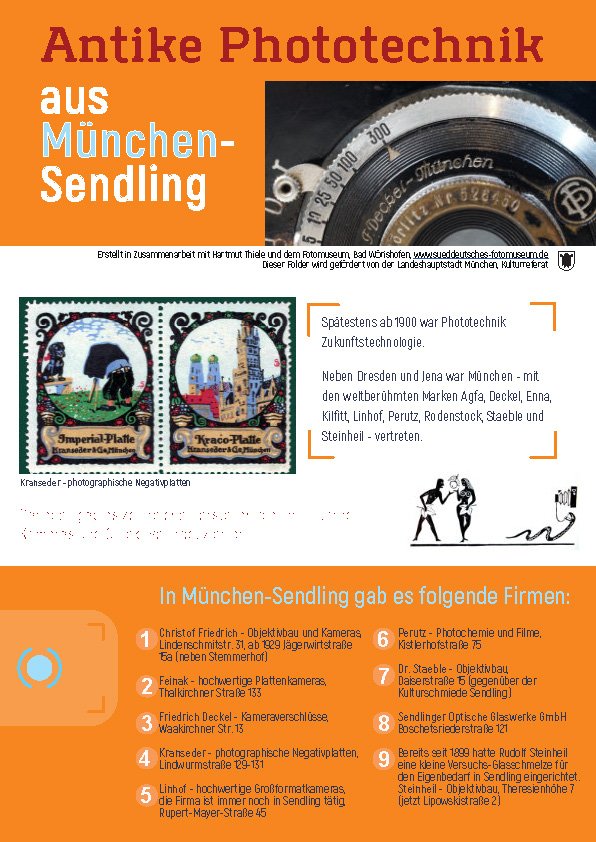

Because of the close proximity and similarity in name to Friedrich Deckel, an important manufacturer of Compur shutters, there has been some confusion online about a possible connection between the two companies. However they are distinctly separate and Friedrich, while the surname in one (C. Friedrich), is the first name in the other (Friedrich Deckel).
There’s little information to be found about C. Friedrich from that early period and apart from the lenses with their own name on them, which were used on a couple of cameras from different local manufacturers, we only know about some lens production contracts with Steinheil, another important name from Munich. An interesting large format lens, which seems to date back to that era is the Doppelanastigmat Coronar 15(cm)/3.5, which an experienced photographer likened to the Xenar Typ-D because of its smooth rendering, making it an effective tool for portraits. From my observations it seems more likely, that it’s actually a 4/4 construction though.
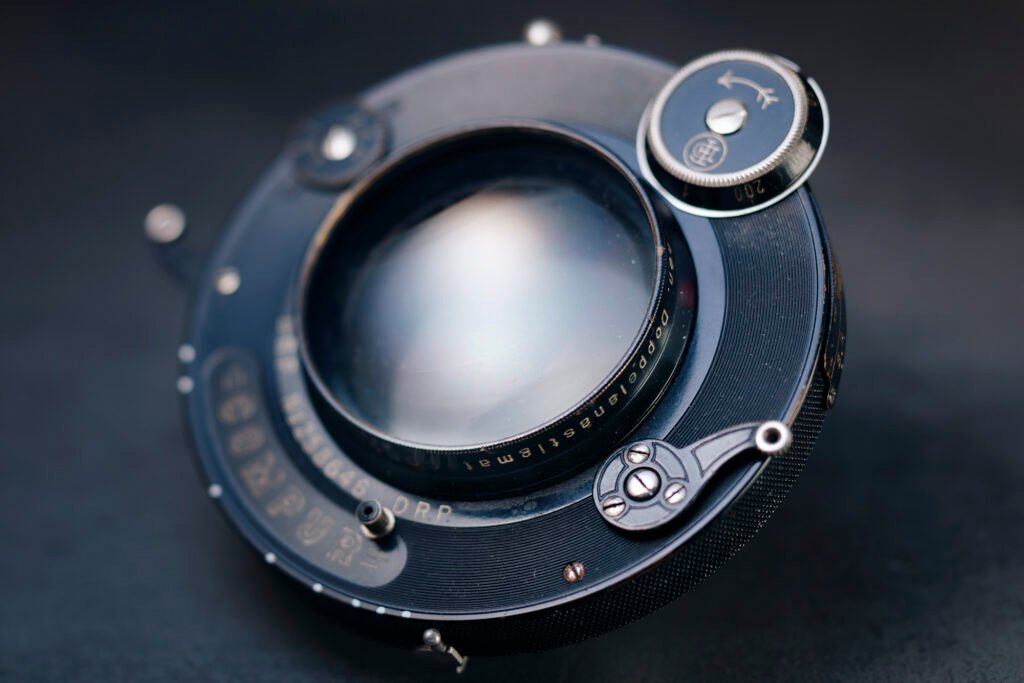

Hartmut Thiele notes in “Die Deutsche Photoindustrie – Wer war wer”:
The production of enlarging lenses was started in 1936 and represented the biggest line of products after the war. In addition to that Friedrich also manufactured Collimators in the 50s and from 1963 onwards the specialized enlarging lens Vario-Coronar 4.5/135 mm. (translated from German)
Interestingly enough the known lenses they made then (for Liesegang for example) were pretty basic ones still, so cost might have been a factor there as well.
According to Thiele the company was sold at the start of the 60s and it’s where things get really interesting. Because the person who bought it was Theodor Brendel, an optics engineer responsible for a number of interesting Agfa lens patents and an established and experienced figure in the Munich optical scene. He moved the company in 1965 and while we don’t know anything about the details that followed, there seems to have been a big shift in the orientation of the company in terms of customers/markets and specialization.

At some point between 1965 and 1981 C. Friedrich started making specialized enlarging and projection lenses for Rolyn Optics Company, which was a major supplier of optics for industry in the United States.

There were three German brand entries for different lens names granted to Friedrich, marking their most important lens names:
Corygon (1966) – mostly Triplets
Axinon (1939) – mostly Tessars
Coronar (1966) – mostly six-element Double-Gauss
The lens vademecum also mentions the name Akmar (for a Dagor type lens), Biochron and Coronav. It’s not unlikely though that the last one was rather a printing or reading error, given the unusual sound of the name, as well as the similarity in sound and look to Coronar.
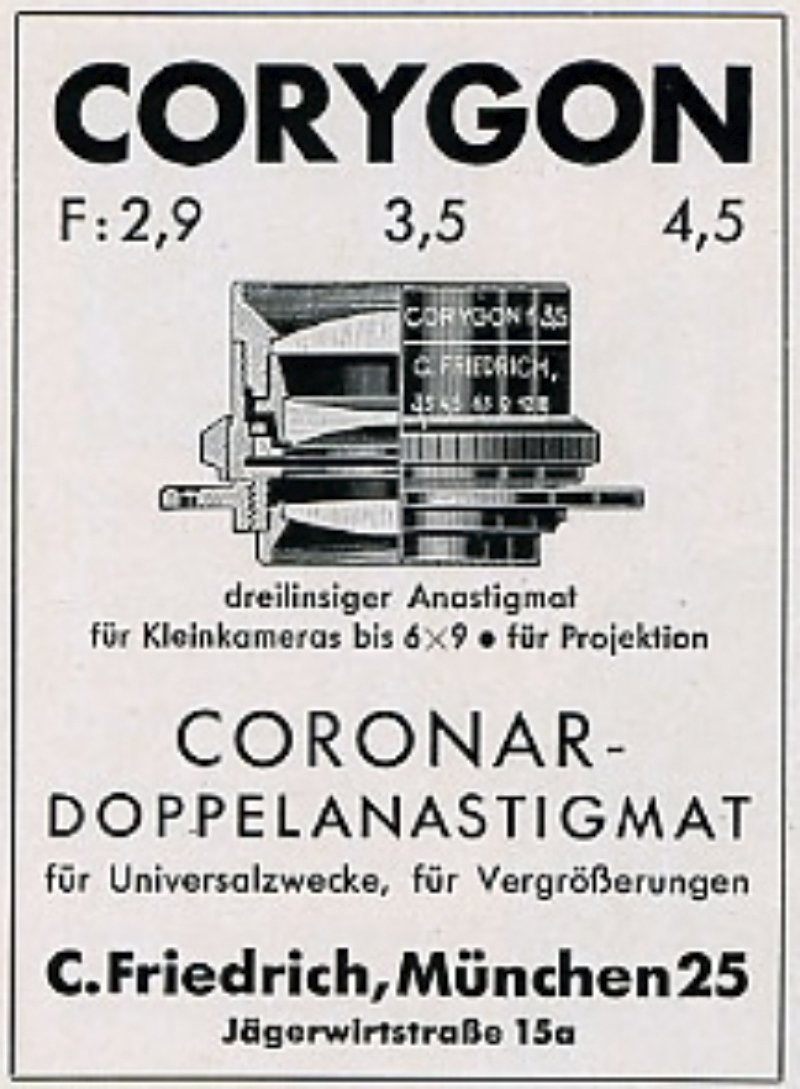
Corygon

Usually 3/3 designs, coated.
30/2.8
35/2.8
40/2.8
50/2.8
60/2.8
80/2.8
Corygon II (Liesegang)
75/4.5
Spezial-Corygon
52/4.5 (?)
57/4.5
90/4.5 (?)
Projection Corygon
(?)
S-Corygon
75/2.8
Axinon (Camerz)
Most of those a 4/3 Tessar type design, some made with lanthanum glass and coated.
According to a Rolyn optics catalogue the following were made:
35/2.8
50/2.8
40/3.5
50/3.5
60/3.5 (?)
45/4.5
55/4.5
75/4.5
90/4.5
100/4.5
105/4.5
115/4.5
125/4.5
135/4.5
LX-Axinon
Most likely a lens for film cameras.
135/4.5
Coronar
90/4.5
152/4.5
Coronar-D
4/4 symmetrical Cooke type design with lanthanum glass. Optimized for 1:1 to 1:5, coated
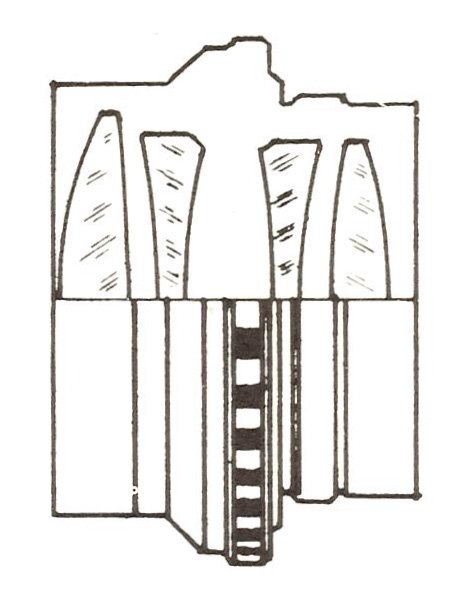
135/4.5
152/4.5
163/4.7
240/4.5
300/4.5
360/4.5
S-Coronar
6/4 symmetrical design made for critical projection and optical comparator applications.

35/2.8
50/2.8
65/2.8
75/2.8
85/2.8
100/2.8
25/1.4
35/1.4
25.5/1.9
35/1.9
50/1.9
75/1.9
100/1.9
Sample shots: S-Coronar 25/1.4


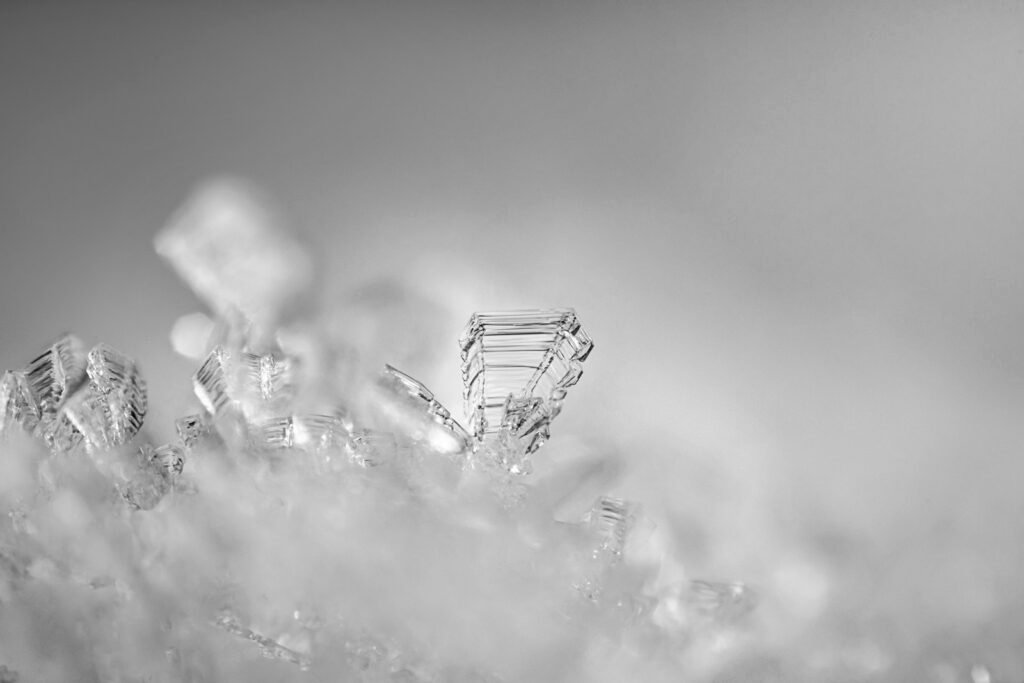

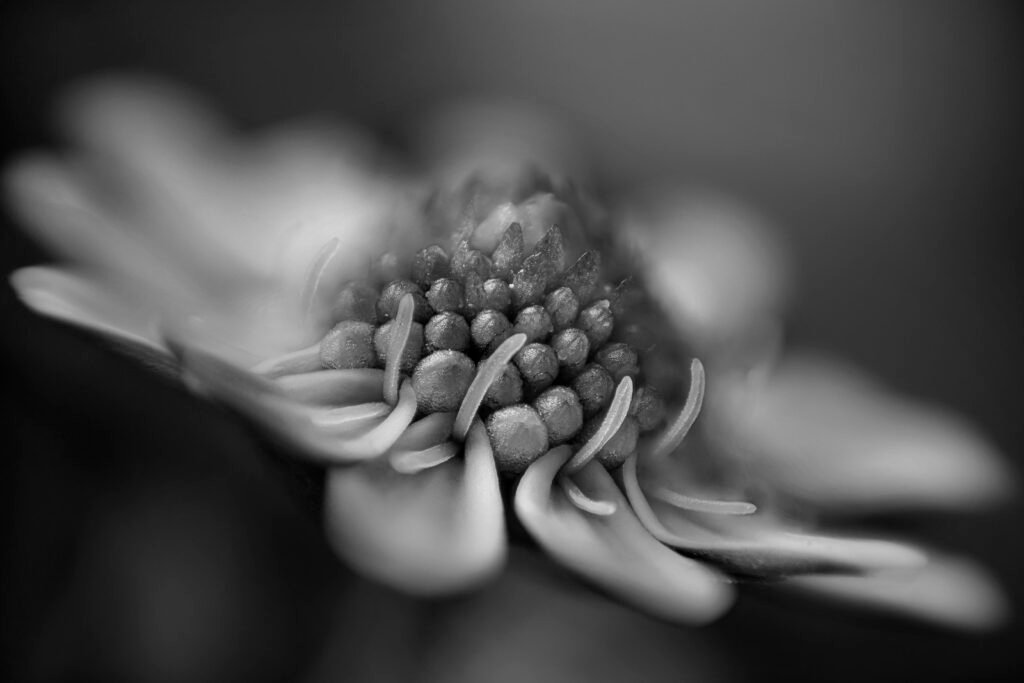


Vario-Coronar
135/4.5